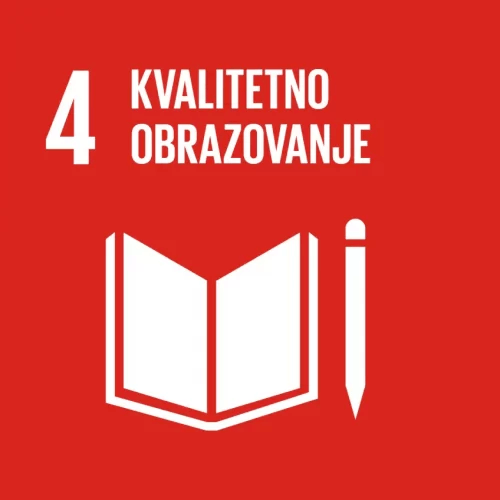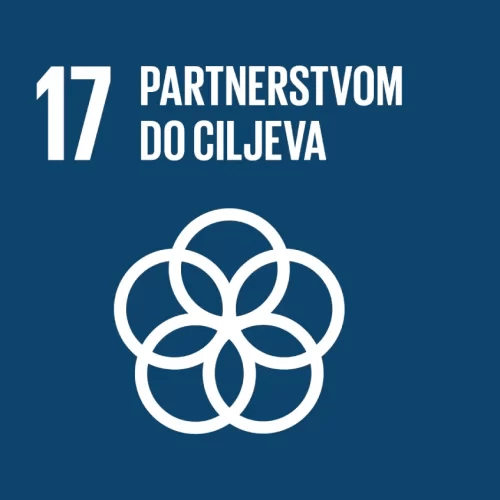Ana Malbaša Major, a journalist from Nova TV’s Provjereno show, held a training session for students of Communication and Media about an innovative learning method involving virtual reality (VR). As a participant in a digital security training for journalists organized by the American organization Internews, Malbaša Major shared essential information on how journalists can protect themselves as well as their sources, who play a crucial role in investigative journalism.
She emphasized that the digital world poses a very real and noticeable threat to journalists, evident in everyday field situations. Often, those investigated by journalists launch digital attacks to compromise the privacy and integrity of reporters and their sources.
As effective tools for personal and source protection, she presented specialized applications and programs designed to block or slow down hacking attempts. Additionally, she highlighted the importance of disappearing messages, which allow messages to last only for a specified time after being viewed—from one second up to four weeks—with options to disable or customize the visibility duration of private communication.
This training marks an important step in raising awareness and knowledge about digital security among future media professionals.
After the theoretical introduction to this training, students had the opportunity to apply what they learned through a practical example using VR glasses. Malbaša Major introduced the students to the world of VR by presenting a journalistic scenario that could realistically occur. Specifically, through the VR headset, students became direct participants in a story where they played the role of journalists reporting on forced recruitment of young men into the army of a dictatorially ruled country, where it is difficult to find sources willing to share information due to fear for their own and their families’ safety.
For reporting purposes, the students were granted a journalist visa in this virtual world, with the real reason for their visit hidden from the oppressive authorities. Despite the local population’s distrust, a distressed mother approached the students in their role as journalists and decided to share her experience on camera. The students then had to choose options aimed at protecting their source digitally. Depending on the quality of their choices, some managed to deliver their story to the public despite being stopped at the airport, facing detention in a foreign country, and the exposure and arrest of their source. Conversely, students who opted for weaker digital protection were stopped while trying to leave the country, had their passports and phones confiscated, had their real purpose uncovered, and consequently faced threats to their freedom and that of their contact, without being able to publish their story.
With the help of virtual reality, students experienced a very realistic scenario, albeit mostly with unfavorable outcomes, and despite it being VR, the feelings the situation evoked were uncomfortable. They also had the chance to learn from their mistakes in an engaging way without real-world consequences, thus gaining virtual experience that can help them if they find themselves in a similar situation in their future careers. This training demonstrated to the students that VR can be highly useful as a learning tool and that digital security is essential not only in their future journalistic work but also in any public or private activity.
Emanuela Šamija








